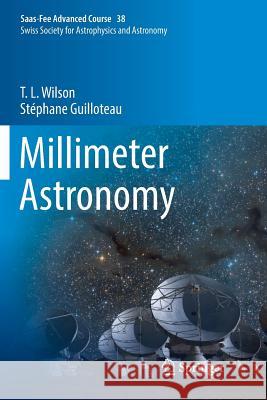Millimeter Astronomy: Saas-Fee Advanced Course 38. Swiss Society for Astrophysics and Astronomy » książka
topmenu
Millimeter Astronomy: Saas-Fee Advanced Course 38. Swiss Society for Astrophysics and Astronomy
ISBN-13: 9783662586020 / Angielski / Miękka / 2019 / 183 str.
Kategorie BISAC:
Wydawca:
Springer
Seria wydawnicza:
Język:
Angielski
ISBN-13:
9783662586020
Rok wydania:
2019
Wydanie:
Softcover Repri
Numer serii:
000479806
Ilość stron:
183
Waga:
0.27 kg
Wymiary:
23.39 x 15.6 x 1.04
Oprawa:
Miękka
Wolumenów:
01
Dodatkowe informacje:
Wydanie ilustrowane











